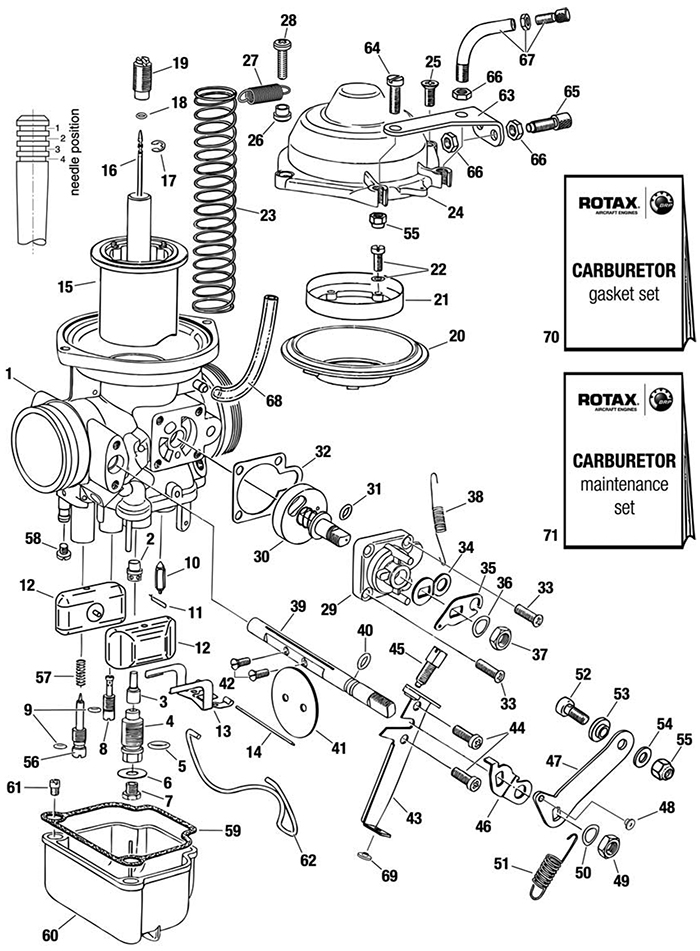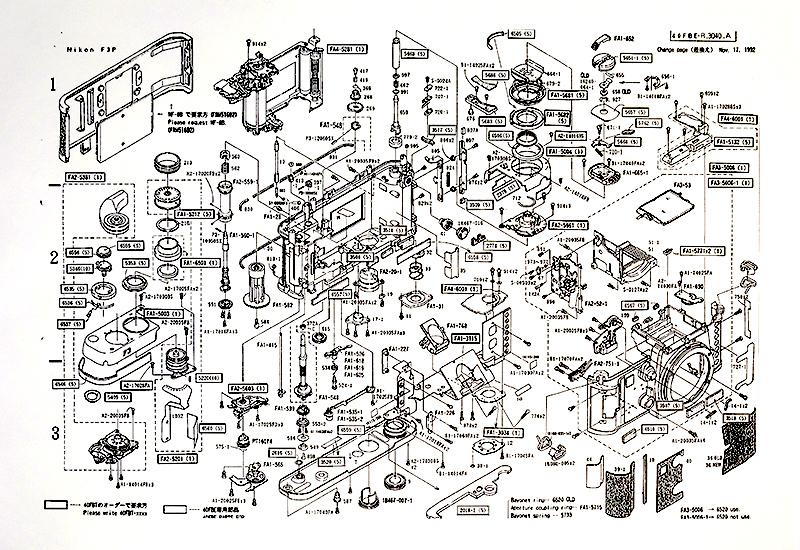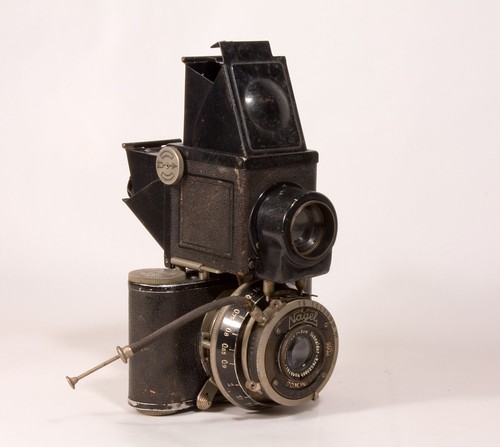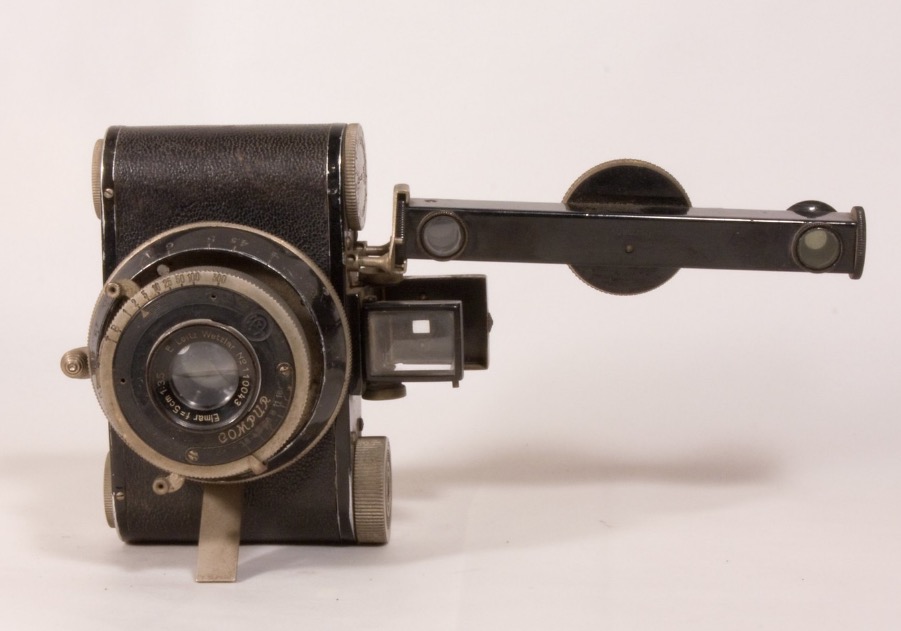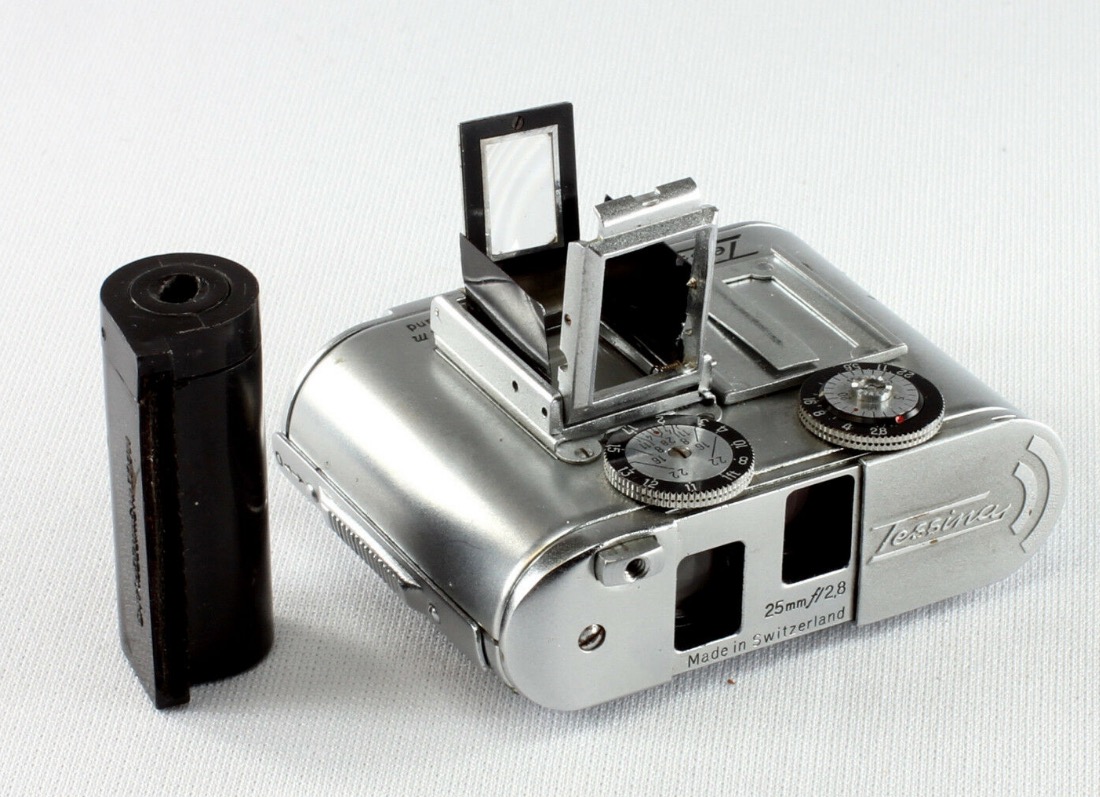Quality all around.
When I was an enthusiastic woodworker – a hobby that failing wrists forced me to abandon years ago – the electrical tools found in my workshop came from a variety of manufacturers. Most are household names – Delta, Powermatic, Porter Cable, Milwaukee, DeWalt, Panasonic and Makita. What distinguished the last two – made in Japan – from their Chinese competition was far higher quality of manufacture and, most importantly, far lighter weight.
It’s likely that the decision of the American brands, made in China, to use cast pot metal housings for their cases stems from two drives. One is financial. Pot metal is cheaper than high quality non-ferrous alloys. The other is psychological. Real Men associate weight with solidity. This assumption could hardly be more mistaken. Use a DeWalt or Porter Cable tool for a few minutes and your ailing wrists will tell you why. Use the Japanese equivalent and you can labor without pain all day. And it will be quieter.
The other troubling aspect of the Chinese tools is that they frequently arrive so shoddily assembled that they have to be tuned to work properly. In fact I rather doubt it’s possible to buy a Delta tool which does not needs substantial adjustment on receipt. I remember particularly bad experiences with their table saw and floor standing drill, both so out of alignment when delivered as to be useless without serious rework. A DeWalt biscuit joiner had a blade so misaligned as to be functionally worthless until I shimmed it properly.
No such issues arise with the Japanese tools. There’s a small premium in cost for the Japanese tools, of the order of 10%. Well worth it. My Makita chop saw arrived and remains in perfect alignment after years of use. When you cut a 45 degree angle with it, it’s 45 degrees not 42, 43 or 44. My featherweight Panasonic rechargeable hand drill lasted thirty years until I dropped it, wrecking the clutch. It had been brutalized beyond belief over those three decades and remained in perfect working order. Its replacement, a Makita, is even lighter, and looks to be even better made. Its battery recharges in 60 minutes or less, compared to hours for the Panny. My Makita belt sander has seen years of tough duty and remains as good as new. And my latest addition?

Winston puts the Makita compressor through its paces.
It’s a 12 volt Makita air compressor for inflating tires, sporting gear and beachballs. I bought the 12 volt one as the 18 volt version is overkill for my purposes (I do not own a fleet of trucks) and it takes the same battery as my Makita 12 volt hand drill. The one I bought, for under $80, came without a battery (or case) so the spare battery from the drill fits the bill. Adapters for Presta, pin and beachball valves are included, clipped to the body. The stock fixture is for Schrader valves, typical on cars and motorcycles. It’s a short barrel design, making working around large diameter motorcycle disc brakes easy. An LED illuminates when you turn the device on, so do not forget to turn it off. There’s an auto-off feature – after a few minutes of inactivity the LED light and the inflator are switched off. The battery includes a 4 LED display, activated at the touch of a button, to report the state of charge.
You preset the desired pressure on the rear display (switchable between psi (121 max – phew!), kPa (830 max) and bar). Preset the desired pressure using the +/- buttons, then attach to your tire or whatever and the existing pressure is disclosed, to the nearest 0.5 lb. You can junk your tire pressure tool. The display is ‘balls on accurate’ (as explained in the great movie, My Cousin Vinnie. It’s an industry term.) Press the trigger and the tool will deliver air until the preset is reached, whereupon it turns off automatically. The operating noise level is such that you just have to raise your voice to converse over it.
There’s a 5 minute cut-out after 5 minutes of continuous use, to allow the tool to cool. In practice that is not an impediment as inflation is very fast. I do not have data on how long it will run on a fully charged battery (Makita sells batteries in 1.5, 2.0 and 4.0 amp capacities) but have read it’s some 10 minutes with the 2.0 amp version. That’s a lot. I have found that reinflating 8 car tires (adding 2-3psi to each – a matter of some 10-15 seconds a tire) and two motorcycle tires used 25% of the battery’s capacity, dictating a 15 minute recharge to full capacity. The tool weighs 2.6lb. with battery attached. Sadly, no storage case is included, but it’s small enough that it should find a permanent place in your trunk or on your motorcycle. Why do you want one? Because I will bet you dollars to donuts that the one at your gas station is either broken or leaking. And tires wear fast when underinflated and are dangerous to boot. And the alternative device weights 100 lbs:
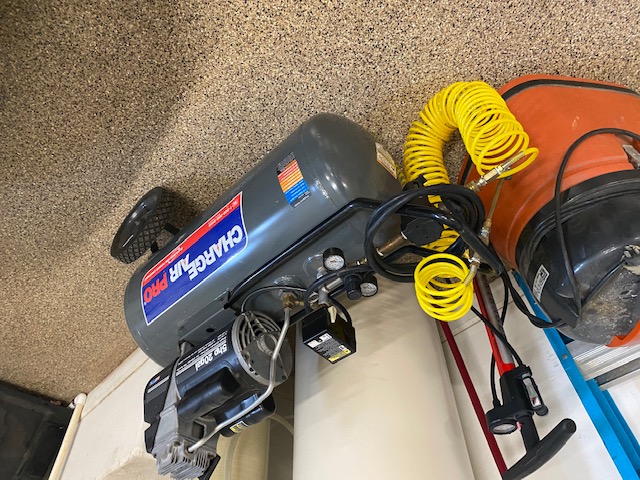
100 lbs.
That whopper air compressor is extremely noisy – you need ear muffs when it is charging – and is perfect for high powered air tools like ratchets, grinders and nibblers. But it’s not something you want to put in your trunk, and it will not fit on a motorcycle. The Makita MP100DZ 12 volt air compressor is recommended without reservations. The USA warranty is 3 years.
Payback: if your time is worth $100 an hour, that figures to $1.67 a minute. I check the tires on my vehicles monthly, meaning two cars, a motorcycle and a scooter. That’s 12 tires in all, 13 if I include the one spare in the old sedan. Pumping up my traditional compressor and hauling it around to do the job takes 20 min. With this Makita cordless compressor, it takes seven minutes, a saving of 13 minutes or $21.70 monthly, making the payback under four months.
That spare tire: spare tires are like umbrellas. Never available or functional when needed. This is the one you always forget to check on old vehicles which still came with proper full size spare tires. These gave way to 60psi ‘space saver’ spares (ugh!). Now vehicles come with a tube of that slime goo which makes a mess of your rim and leaves the leak unplugged. Needless to add, that full size spare will be flat when you get a puncture and will be useless. Mine was down from 30 to 11.5 pounds and it took the Makita compressor a full five minutes to inflate it back to spec. At that point the battery was 80% drained, but the great convenience of this portable compressor means I will not be overlooking this task in future.
